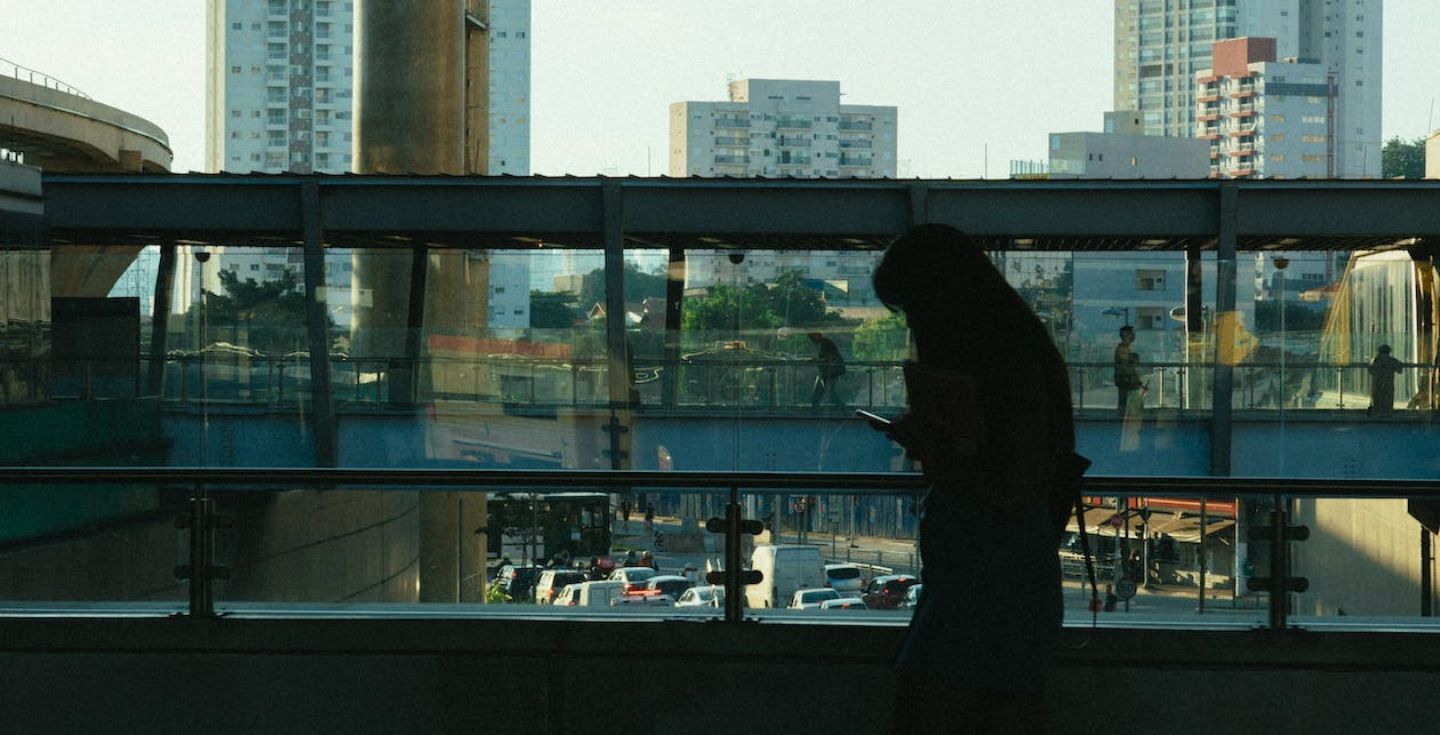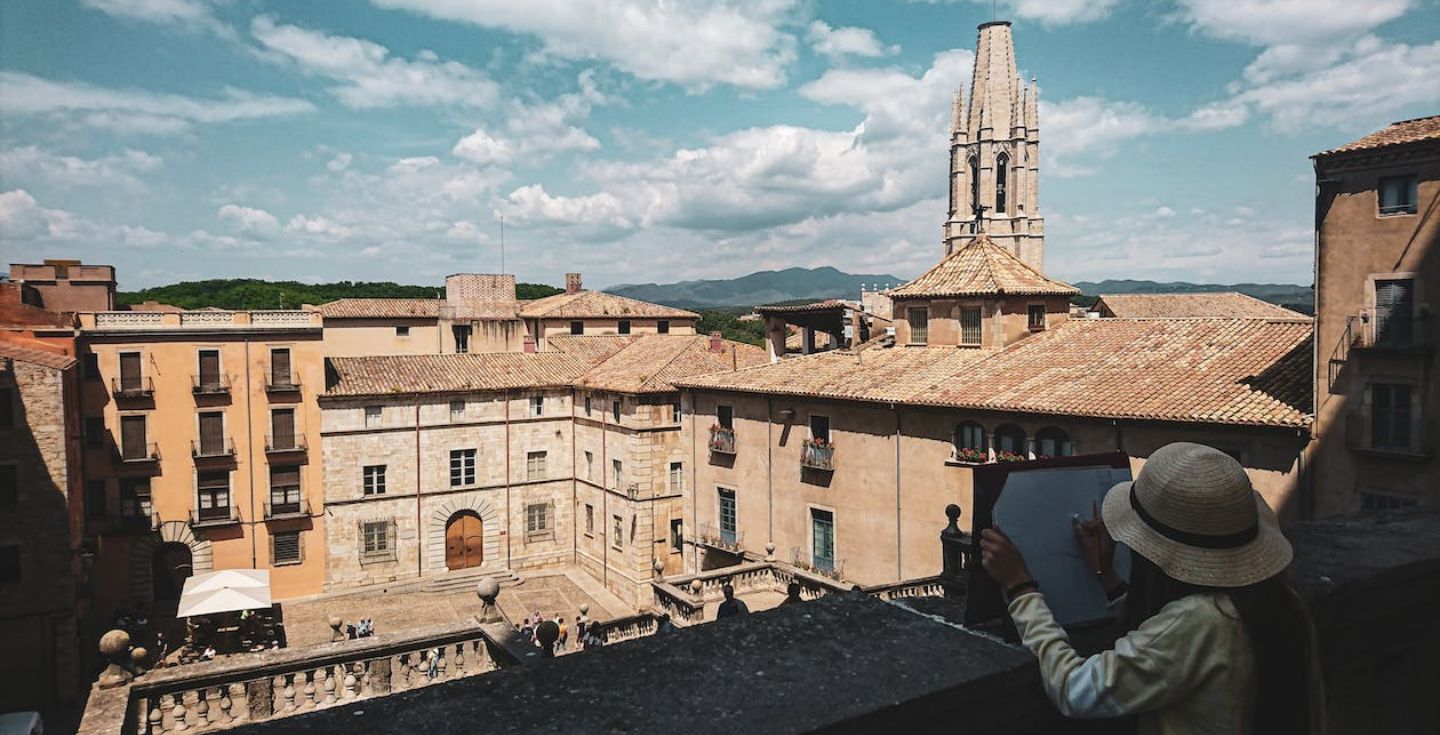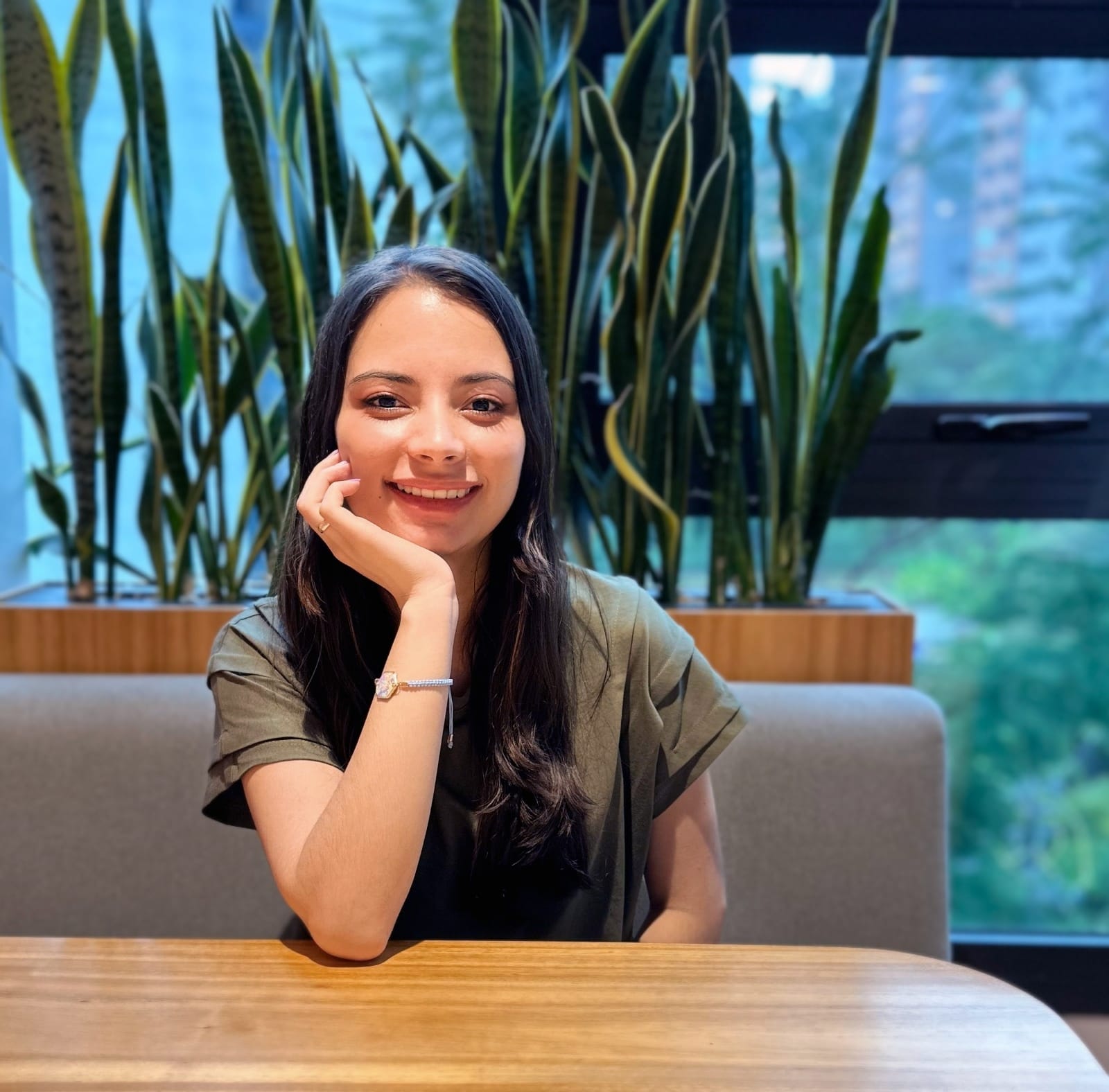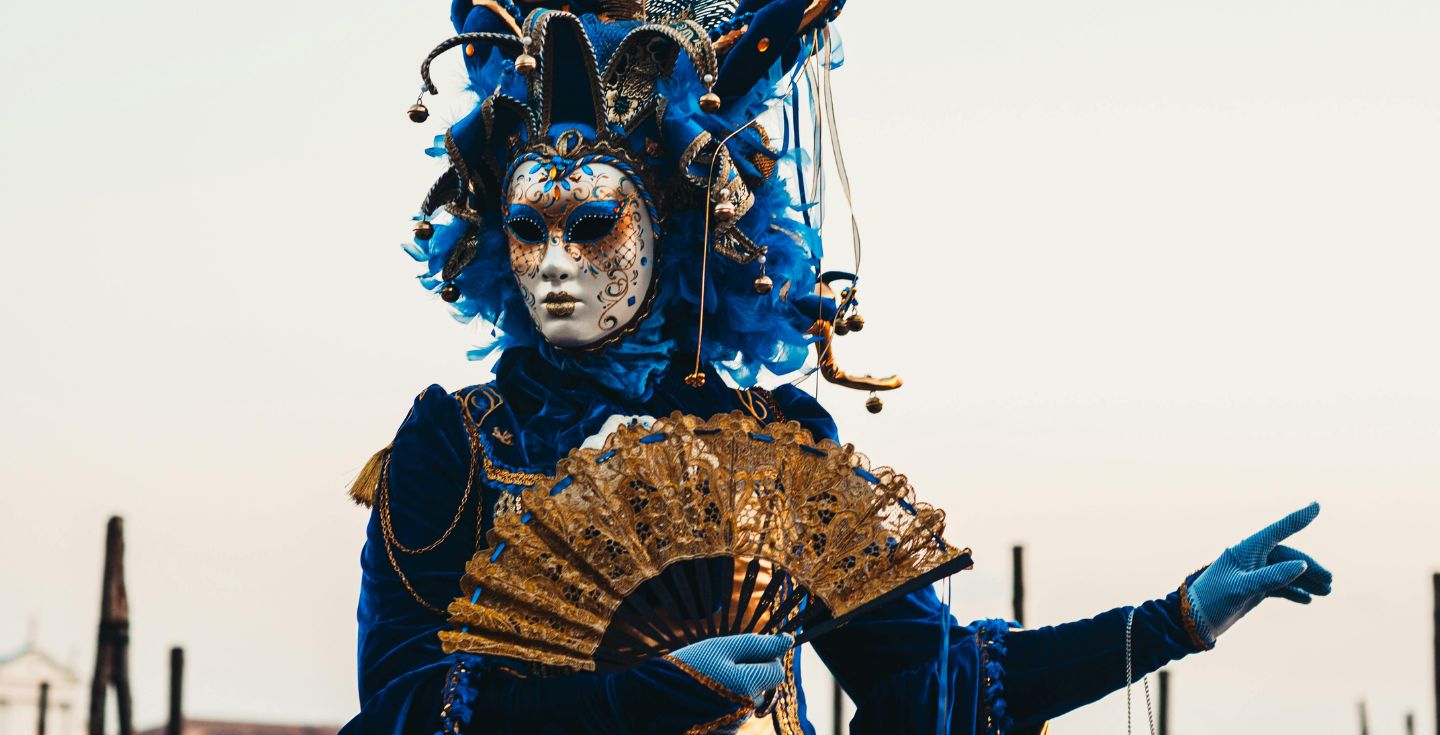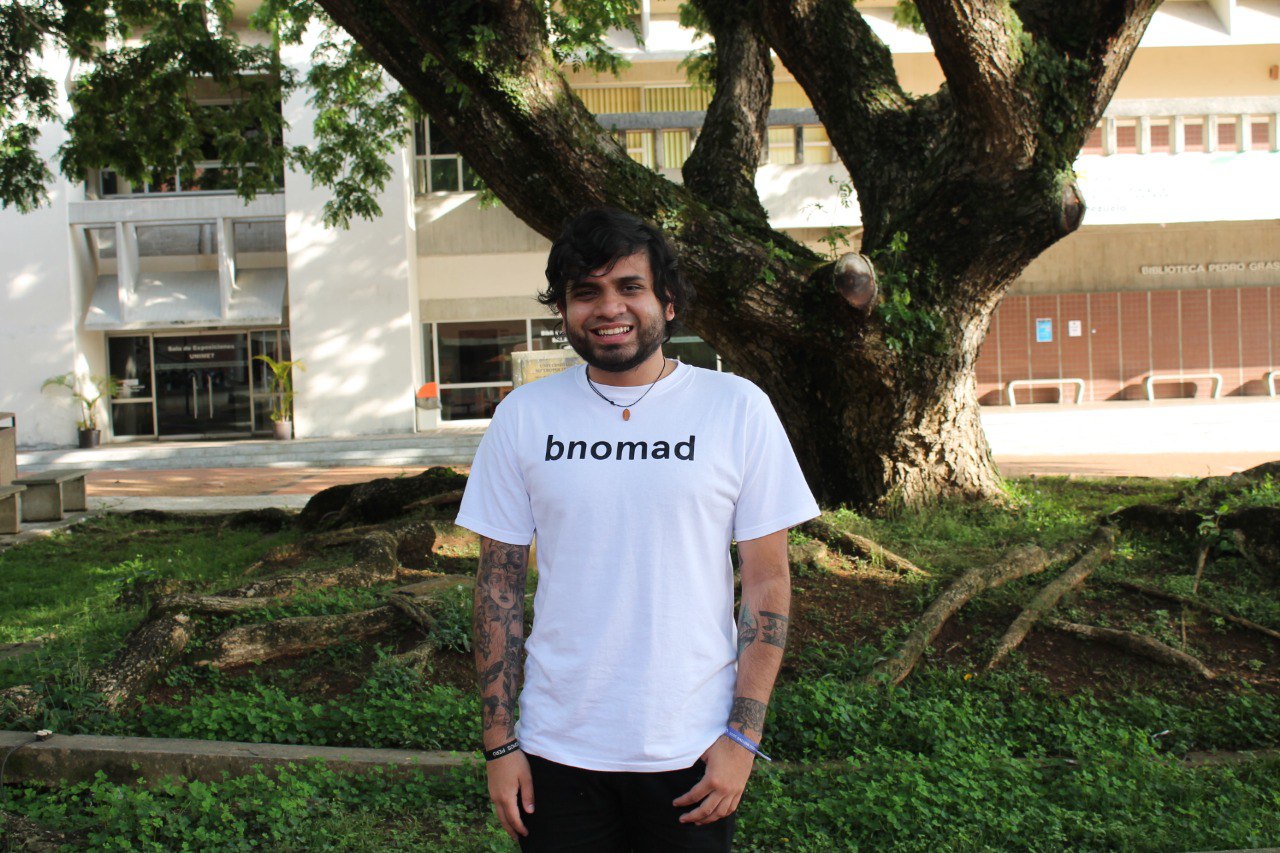Best things to do in Shibuya in 2025
Planning a Tokyo trip? Don’t miss Shibuya — an iconic district known for its nostalgic alleys, trendy shops, and must-photograph landmarks.
Shibuya is considered the center of youth culture and fashion in Tokyo, and over the years, it’s been at the forefront of many contemporary Japanese trends.
With iconic landmarks like Shibuya Crossing and the Shibuya Sky Observatory — not to mention its frequent appearances in music videos and movies — its place in pop culture is undeniable.
When planning your trip to Japan, we highly recommend including a few days in Shibuya. And if you’re wondering what to do in Shibuya, this guide to the best things to do in Shibuya covers everything from must-see landmarks to the top restaurants, along with some recommendations on how to experience the city at its best.
Explore iconic landmarks in Shibuya
There are so many things to do in Shibuya, Tokyo’s uber-modern district. And while the cost of traveling to Japan can be pretty high, many of the top attractions in Shibuya are cheap or free to experience.
Here are our top three choices of things to do in Shibuya City if you want to experience the unique aspects of Shibuya’s cultural heritage and futuristic design.
Shibuya Crossing
Shibuya Crossing — directly outside Shibuya Station’s Hachiko exit — is considered the world’s busiest pedestrian intersection.
Its three large video screens, combined with numerous neon advertisements, make it just as iconic as New York City’s Time Square.
What makes the place even more special is that every 80 seconds, cars are halted, and pedestrians are signaled to cross from all directions.
It’s called the “Shibuya Scramble,” and it’s said that anywhere from 1,000 to 3,000 people cross when the light turns green.
To experience the Shibuya Scramble in full, we recommend taking a window seat in one of the many cafes facing the intersection or looking down from nearby elevated areas. Some great viewpoints include:
- Shibuya Mark City: A shopping complex with several elevated points to look out at the crowds
- Inari Bridge Square: It’s not as crowded as some of the other points, making it a great place to take good photos without any interruptions
- Starbucks (Tsutaya): Large windows overlook the crossing, making it a great spot to enjoy a coffee while watching the crowds
🕰️ Best time to visit: The evening rush hour (5:00 PM to 7:00 PM) offers the most chaotic experience with the largest crowds. If you’re interested in street photography, go after sunset. The neon screens make for a great background.
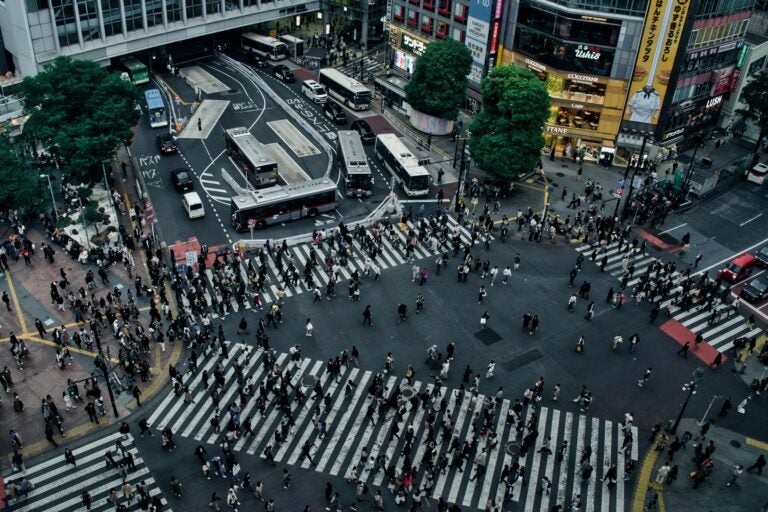
Hachiko Statue
Considered one of Japan’s most popular pieces of public art, the Hachiko Statue comes with a fascinating story that honors the most loyal dog in Tokyo (and Japan):
In the 1920s, a loyal Akita dog (Hachiko) faithfully greeted his owner at Shibuya Station daily. But one day, its owner didn’t return.
He’d tragically passed away from a cerebral hemorrhage. The unaware Hachiko returned to the station every day for nine years.
In 1934, the original Hachiko Statue was installed to honor the dog’s loyalty. However, the statue was melted down during World War II for war materials.
The statue you’ll see today was created by sculptor Takeshi Andō in 1948. He is the son of the original artist Teru Andō.
🕰️ Best time to visit: Go early in the morning or late at night to avoid the crowds. Also, if you happen to be in the city during the first week of March, make sure to visit on March 8th — the anniversary of Hachiko’s death when a memorial ceremony is held at the statue.
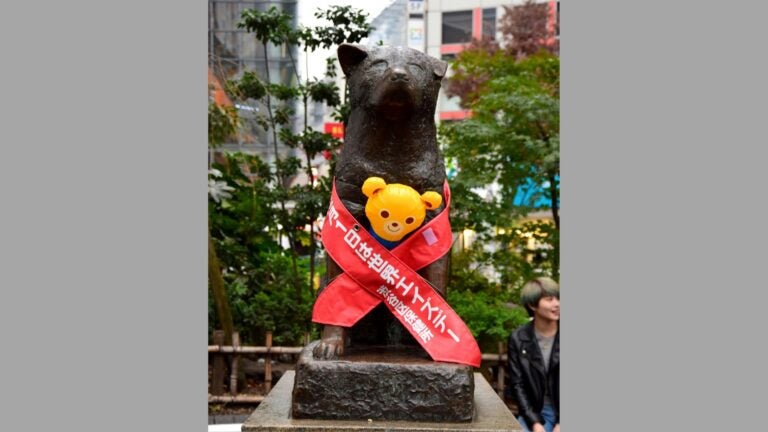
Shibuya Sky
Another must-visit, the Shibuya Sky is an observation deck on top of the Shibuya Scramble Building. It’s at a height of 229 meters and gives you 360° views of Tokyo City. It has three zones:
- Sky Gate: It takes you from the 14th floor to the 45th floor in what is called a sky pod
- Sky Stage. This is the main outdoor observation deck on the rooftop, which gives you panoramic views of the city and includes features like a geo compass and cloud hammock
- Sky Gallery: An indoor observation corridor on the 46th floor, it includes digital art displays and interactive experiences like the time river, parallel windows, and more
Apart from these, there’s also a cafe, souvenir shop, and photo service. Shibuya Sky is located directly adjacent to Shibuya Station and can be reached via the JR Yamanote Line. It’s open daily from 9:00 AM to 11:00 PM.
🕰️ Best time to visit: For the most breathtaking views, we recommend you book your ticket for about an hour before sunset. That way, you can witness (and photograph) the transition from day to night.
Discover the hidden gems of Shibuya
Beyond the typical tourist hotspots, here are some things to do in Shibuya, Tokyo that are less common but come with some seriously Instagrammable moments.
We recommend adding them to your itinerary if you have a free block of time.
Nonbei Yokocho
If you’re looking for some fun things to do in Shibuya, you can’t do better than Nonbei Yokocho (Drunkard’s Alley) — a historic drinking district that’s just a short, five-minute walk from the Hachiko Exit of Shibuya Station.
Like Shinjuku’s Golden Gai, this narrow alleyway is lined with around 40 small izakayas (Japanese pubs) and is popular for its nostalgic feel.
It transports you back to the Showa era with its lantern-lined alleyways, exposed rafters, and traditional artifacts like shoji screens and tatami mats.
We recommend checking out Maguro-dokoro for authentic Japanese seafood and Yasaiya if you’re vegetarian or prefer healthier options.
🕰️ Best time to visit: You can visit anytime after sunset to see the alley lit up and bustling with activity. Also, many izakayas are closed on Sundays, so check beforehand.
Meiji Shrine
For those fascinated by Japanese Shinto shrines, the Meiji Jingu Shrine, dedicated to Emperor Meiji and Empress Shoken, is a must-visit.
Situated in a sprawling 170-acre forest near Yoyogi Park, it provides a stark contrast to Shibuya’s typical urban landscape.
When at the shrine, don’t miss the Inner Garden (Jingu Nai-en), which is particularly famous for its irises (they bloom in June), and Kiyomasa’s Well (a “power spot” that’s believed to emit positive energy).
Two particularly interesting practices are ema and kiganbun. You can write down your wishes in an ema (votive tablet) and hang it around the camphor tree in front of the main shrine. A kiganbun is a personal prayer written to the kami (spirits) in Shinto.
You can put your letter in an envelope with a small monetary offering and deposit it in the offertory box near the camphor tree at the main sanctuary. These letters are collected daily and presented to the kami during the morning Nikku-sai ritual.
As fascinating as the ritual is, remember that you’re in a sacred space during your visit – taking photos without asking permission first is one thing not to do in Japan if you want to make a good impression.
The shrine grounds are extensive — it’ll take around 10 minutes to walk from the entrance to the main shrine buildings. Photography is generally permitted but restricted in certain areas, such as within the main shrine building.
| 💡 Tip: Set aside a couple of hours to explore the Meiji Jingu Museum, located on the shrine grounds. The museum is open from 10:00 AM to 4:30 PM (closed on Thursdays) and houses artifacts associated with Emperor Meiji and Empress Shoken. Tickets cost around $6 US (¥1000), and there’s a discount for high school students or younger. |
🕰️ Best time to visit: While the shrine is open daily, timings vary depending on the month you visit. We recommend visiting during cherry blossom season, if possible, as the sakura trees in the shrine’s Inner Garden are in full bloom during this time.
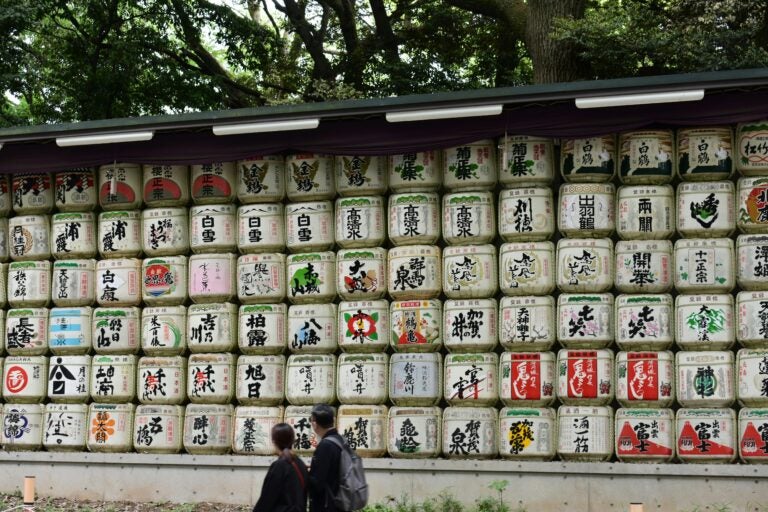
Shibuya Stream
Shibuya Stream is the district’s central hub — a multi-purpose complex that houses fantastic restaurants and cafes. One of its highlights is the wall projection on the 100-meter walkway connecting the first and second floors.
Currently themed “Invisible Stream,” this display visually represents the creative process by drawing inspiration from natural motifs like water, rivers, fog, and light.
You’ll also find monthly markets, festivals, and pop-up shops along the Shibuya River, which runs along the outside of the Shibuya Stream complex.
When visiting Shibuya Stream, we recommend visiting the nearby Daikanyama, often called Tokyo’s Little Brooklyn. It’s only a short walk from Shibuya Stream and is great for shopping and exploring Tokyo’s art scene.
🕰️ Best time to visit: Grab a quick lunch at one of the cafes here before heading back out to explore Shibuya, or wrap up your day with dinner at one of the restaurants. You can also check resources like Japan Travel for events and exhibitions at the Shibuya River during your visit.
Visit the shopping destinations in Shibuya
One of the best things to do in Shibuya, Japan is shopping. With the city being a central spot for young people and fashion enthusiasts, you’ll surely pick up a few memorable keepsakes.
Here are three stores where you can shop the latest fashion trends and interesting souvenirs to take back home.
Shibuya 109
Shibuya 109 is one of the most famous shopping destinations in Tokyo, particularly for young Japanese women associated with the gyaru subculture — flamboyant clothing in exaggerated styles and bold prints.
Many of the shops in the mall have assistants dressed up in the gyaru aesthetic, so you can get personalized styling advice as well. Some iconic gyaru fashion brands at Shibuya 109 include:
- Egoist for high-fashion wear
- Emoda for minimalist designs
- Anap for casual wear
- Esperanza for gyaru-inspired shoes
Many stores offer tax-free shopping for international visitors, so ask about this at the checkout desk.
🕰️ Best time to visit: Most shops at Shibuya 109 are open from 9:00 AM to 10:00 PM. Cafes and restaurants open at around 11:00 AM. Weekends tend to be busier, so go during the weekdays to avoid crowds.
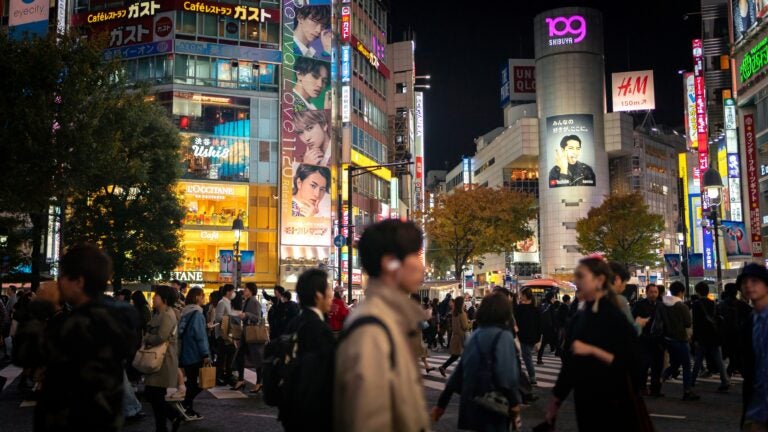
MEGA Don Quijote
MEGA Don Quijote is a discount store open 24/7 — great for picking up daily essentials or sampling one of Japan’s numerous Kitkats.
Flavors include matcha, hojicha (roasted green tea), and even wasabi (if you want to try a savory version of the popular chocolate bar).
International visitors can get tax-free shopping for purchases over $45 (¥5,000), so if you’re looking to buy souvenirs in bulk, look no further than MEGA Don Quijote.
Your options include sheet masks, anime merchandise, and hankos (seals with your name in Japanese kanji) — all of which make for memorable souvenirs. You’ll also find Japanese alcoholic beverages like sake, shochu, and chuhai from local breweries.
MEGA Don Quijote is five minutes from the Hachiko Exit of Shibuya Station. It’s also wheelchair-accessible and has free Wi-Fi and English-speaking assistants, so you can expect a comfortable experience.
🕰️ Best time to visit: Go during the early morning hours (before 10:00 AM) or late at night to avoid the crowds and explore the store at a relaxed pace.
Shibuya Parco
Shibuya Parco is a 10-floor complex with everything from Gucci stores and gourmet food to art galleries and a rooftop park.
What makes Shibuya Parco unique is its architectural style — each floor has its own unique entrance, making it feel like you’re strolling through a series of vertical streets.
When at Shibuya Parco, we recommend checking out three floors in particular:
- Cyberspace Shibuya (6th floor): It houses Japan’s first official Nintendo store. It also has an e-sports cafe and multiple shops dedicated to manga and otaku culture.
- Chaos Kitchen (Basement level): This food court offers a unique dining experience with themed cafes. You’ll find options like Masaka (a vegan izakaya), Kome to Circus (specializing in insect dishes), and Campy! Bar (where you’ll be served by drag queens).
- Rooftop Park (10th floor): It resembles a traditional Japanese garden and offers a relaxing escape from the shopping complex below. There’s also a bar — ComMunE — where you can enjoy a drink while looking at the streets below.
Shibuya Parco also includes several art galleries featuring contemporary Japanese art. The biggest is PARCO Museum Tokyo, which hosts rotating exhibitions focused on art, design, and fashion.
🕰️ Best time to visit: If you’re looking to shop or visit the galleries, go during weekdays when there are fewer crowds. To experience the Shibuya nightlife, go after 7:00 PM on a Friday or Saturday.
Fun things to do in Shibuya: Experience nightlife and dining
While you’re in Shibuya, what to do doesn’t stop when the sun goes down. In fact, Shibuya, Tokyo has some of the best nightclubs and local eateries in the city.
Here are our favorites — whether you’re looking to party the night away or get a 2:00 AM ramen bowl.
Womb
Shibuya’s premier nightclub, Womb, is popular for its high-energy electronic music and state-of-the-art visual productions. The club has four floors:
- The first and fourth floors include small bars and performances by local Tokyo artists
- The second floor is the main area with a huge dance floor and DJ booth
- The third floor has a premium lounge where you can enjoy your drinks away from the dance crowd
You’ll need to be over 20 years old to enter Womb (take your ID card with you). Cameras and recording devices are not allowed inside the venue — you can store them in the cloakroom along with your other personal belongings. Checking bags for 2 – 3 people in a cloak bag costs around $3 (¥500).
There’s also no parking space on the premises, so you’ll need to park your car at one of the metered parking spaces near the venue.
🕰️ Best time to visit: Womb is open from 11:00 PM to 4:30 AM and the entry fee is typically around $25 (¥3,500), drinks not included.
Uobei Sushi
If you’re craving sushi, we highly recommend Uobei Sushi — a sushi train restaurant with over 100 dishes, including nigiri, sashimi, gunkun, and donburi.
They prioritize fresh, locally sourced ingredients and offer a high-tech dining experience. Simply place your order via a tablet and watch as your dishes arrive via a high-speed chute — a futuristic alternative to the traditional conveyor belt.
However, the high-tech environment is a tad bit impersonal, so if you’re someone who considers chatting with the chefs and service staff part of the dining experience, then you might find the experience less engaging.
On the other hand, you get a large selection of sushi dishes to choose from, and it’s quite affordable, with plates starting at around $0.70 (¥110).
🕰️ Best time to visit: Uobei Sushi is at 2-29-11 Dogenzaka, Shibuya, just a short walk from Shibuya Station, and operates from 11:00 AM to 11:00 PM.
Ichiran Ramen
Is a visit to Japan ever complete without a bowl of ramen? Our top suggestion for tonkotsu (pork bone) ramen is Ichiran Ramen.
You can customize everything from the thickness of your broth to the firmness of the noodles, and the average price for a bowl ranges from $7–$14 (¥1,000–¥2,000).
Most of their ingredients are fresh and homemade, like the “Original Spicy Red Sauce,” a chili-powder-based blend of 30 ingredients.
They also promise to get their freshly cooked noodles to you within an incredible 15 seconds of being boiled so the texture doesn’t change.
If you’re traveling solo, we recommend sitting at one of the flavor concentration booths — a private dining experience where you can savor your ramen without any distractions.
🕰️ Best time to visit: Ichiran Shibuya is located at 1-22-7 Jinnan, Iwamoto Building B1F, just a three-minute walk from JR Shibuya Station. It’s open 24 hours — perfect if you’re craving some midnight ramen.
Shibuya Yokocho
Another great spot to experience Japanese cuisine at its best is Shibuya Yokocho, a food court in the Rayard Miyashita Park near Shibuya Station.
It’s known for highlighting traditional Japanese dishes and introducing local culinary traditions to newer generations — like chanko-nabe, the stew that was traditionally eaten by sumo wrestlers.
If you’re visiting as a group, we suggest trying the gyoza plates (dumplings from different regions). You’ll find the best gyoza at Togichi. And if you’re a fan of seafood, then you should definitely try the seafood bowls at Hokkaido.
Also, most restaurants at Shibuya Yokocho serve a small appetizer (otoshi) upon being seated. This is like a cover charge at some western restaurants — you’ll have to pay for it, though it’s not listed on the menu. The cost for the otoshi typically ranges from around $2–$5 (¥300–¥800).
🕰️ Best time to visit: Go during the evening hours if you’d like to chat with locals, and after 9:00 PM for a quieter experience. However, the area can get super crowded during the after-work rush (between 6:00 PM to 9:00 PM), so if you have a favorite eatery, go early to secure your spot.
Top tips for visiting Shibuya
Whether you’re in Tokyo for a week or a weekend, we recommend you set aside some space in your itinerary to visit Shibuya. It’s got the best of everything — Instagrammable landmarks, shopping havens, and some great spots for a fun night out.
And the best part — the Shibuya station is incredibly well-connected with the rest of Tokyo so traveling is super convenient.
We recommend getting an IC card like Suica or Pasmo. They’re accepted on almost all public transportation in Tokyo, and even some convenience stores — so you don’t have to wait in line to buy tickets, particularly during peak hours when the Shibuya train station gets super crowded.
One unique aspect of Japan is the compact nature of accommodations, with many hotel rooms featuring queen-sized beds and limited floor space. When booking, check room dimensions and make sure to pack light for Japan.
And finally, plan for reliable, high-speed mobile internet. It’ll come in handy when you want to translate signage or download station maps, especially with ongoing redevelopment projects altering station layouts.
We recommend getting the best eSIM for Japan for uninterrupted mobile internet. It’s super convenient — you don’t have to swap out your permanent SIM, and you can set it up by simply scanning a QR code. Most top eSIM providers also have super affordable plans.
With Holafly, for example, you get unlimited internet for just $6.90 per day (the cost goes down if you purchase a longer plan).
Holafly has partnered with KDDI, one of Japan’s leading telecommunications providers, so you don’t have to worry about losing network coverage at any point in your trip.
Get yourself a Holafly Japan eSIM, and enjoy unlimited, uninterrupted internet in all corners of Shibuya — from the narrow alleyways of Nonbei Yokocho to the underground maze of the Shibuya train station.





 Language
Language 


















 No results found
No results found





